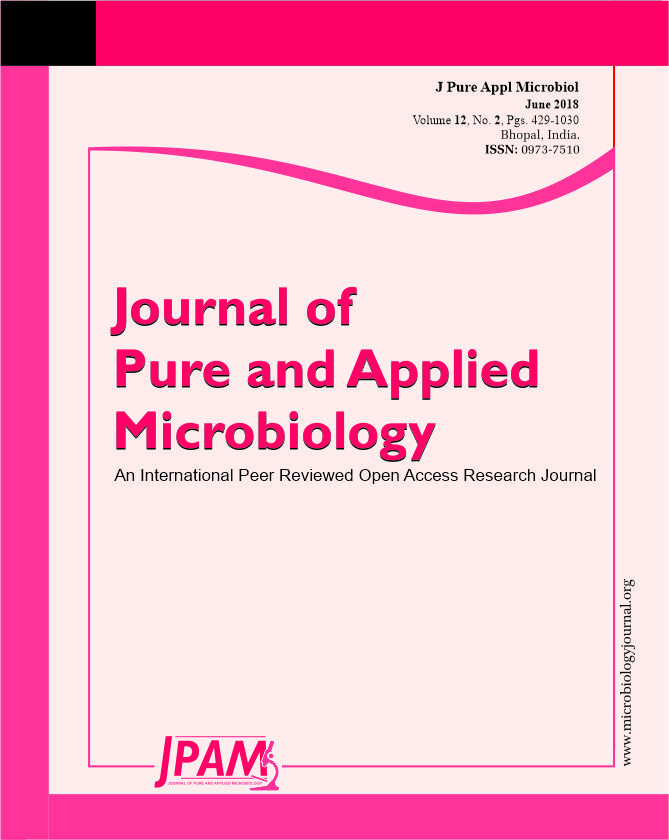Helicobacter pylori outer inflammatory protein A (OipA) has been found to associate with inflammation that is similar to cag pathogenicity island (cagPAI). However, the roles of the presence of oipA gene involving inflammatory responses in vivo need to be clarified. We investigated the association of oipA and cagPAI on the expression of pro-inflammatory cyotkine genes (IL-1b and IL-8) in gastric tissues of Thai gastroduodenal patients. We detected the oipA and cagPAI genes in 35.56% and 68.89%, respectively. The oipA “on” status was mostly found (93.75%) in oipA-positive samples. We observed higher levels of IL-1b and IL-8 gene expression in oipA-positive tissues (with “on” status), similar to those with cagPAI-positive tissues. Interestingly, samples positive for both oipA and cagPAI genes showed significantly higher levels of IL-1b and IL-8 gene expression, when compared with tissues single-positive for either oipA or cagPAI, or double-negative for these two genes. We conclude that H. pylori induces IL-1b and IL-8 gene expression via oipA-dependent mechanisms. Furthermore, synergy in the presence of both oipA and cagPAI genes associated with increased IL-1b and IL-8 gene expression levels in gastric tissues, which suggested that oipA plays a critical role in the H. pylori pathogenesis.
H. pylori, oipA, cag PAI, IL-1b, IL-8, inflammation
© The Author(s) 2018. Open Access. This article is distributed under the terms of the Creative Commons Attribution 4.0 International License which permits unrestricted use, sharing, distribution, and reproduction in any medium, provided you give appropriate credit to the original author(s) and the source, provide a link to the Creative Commons license, and indicate if changes were made.


